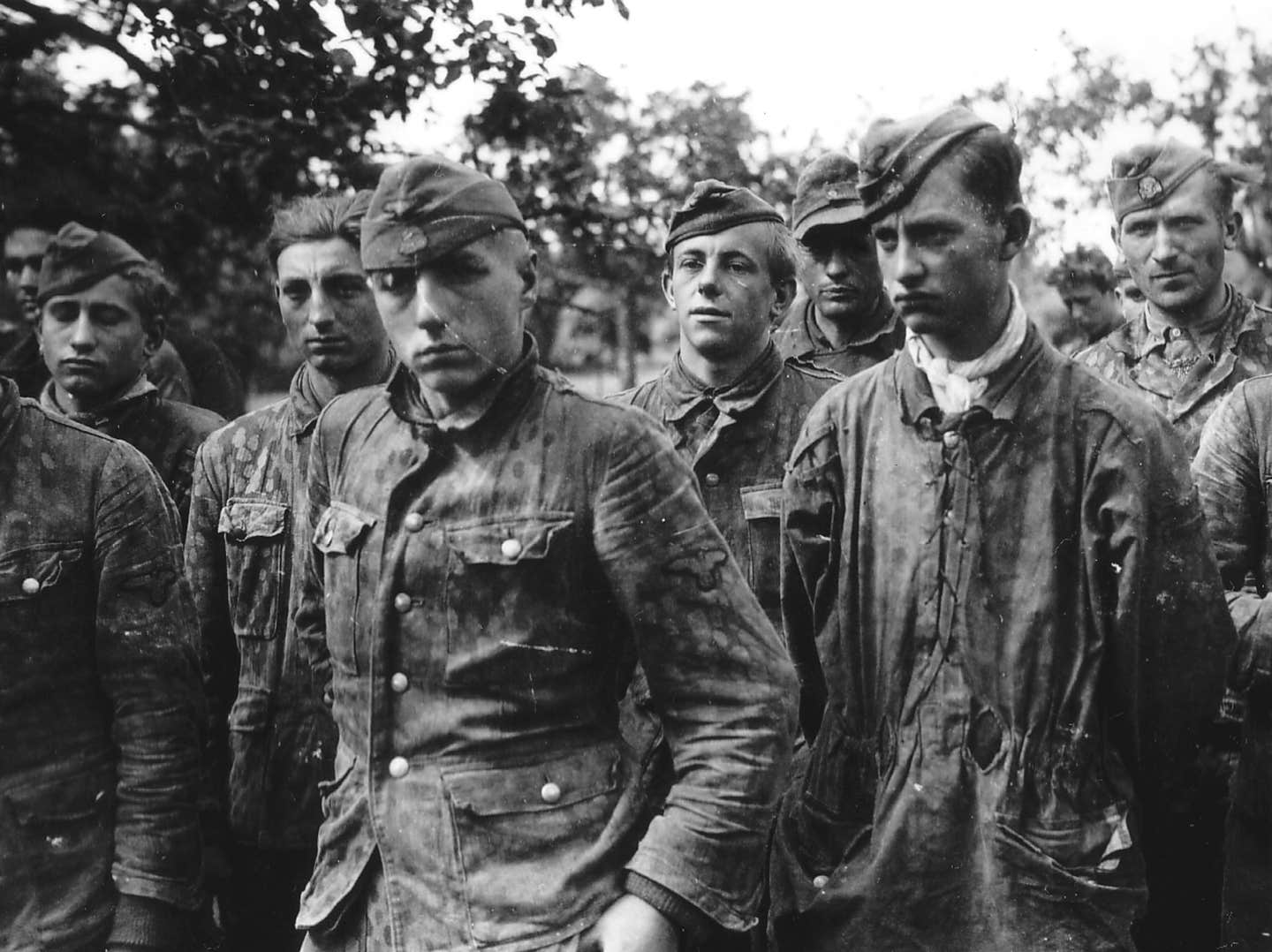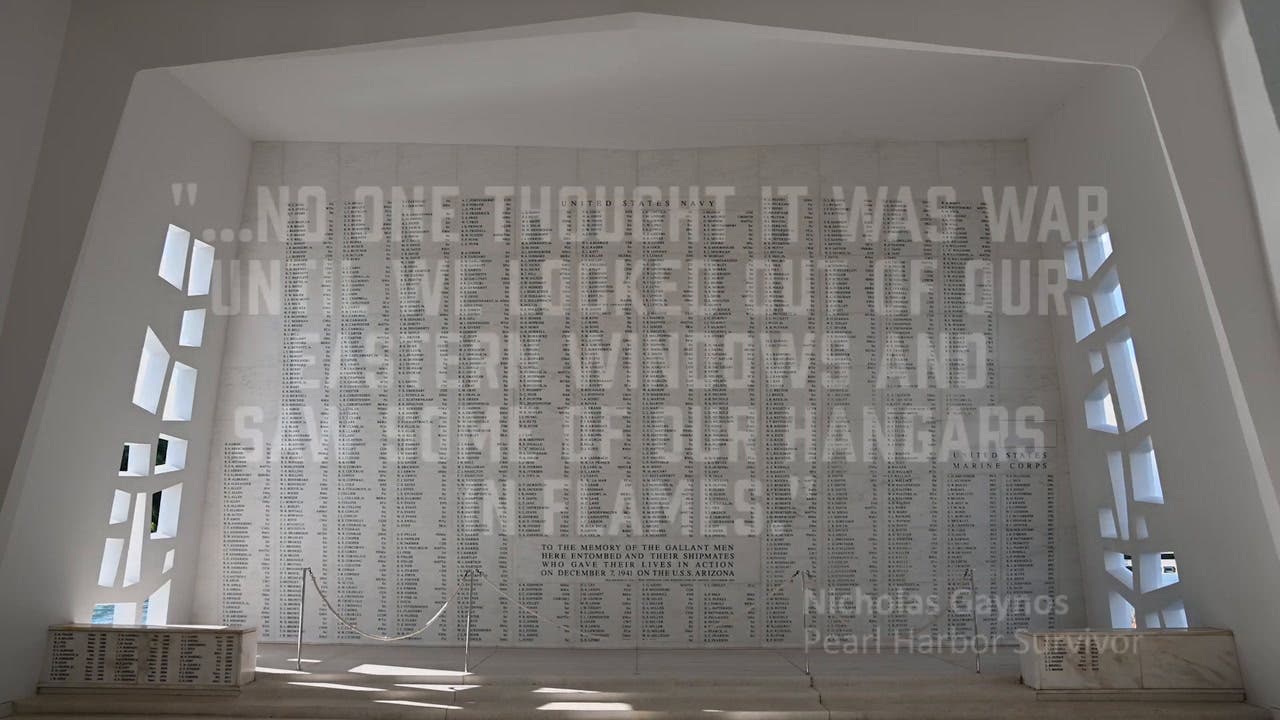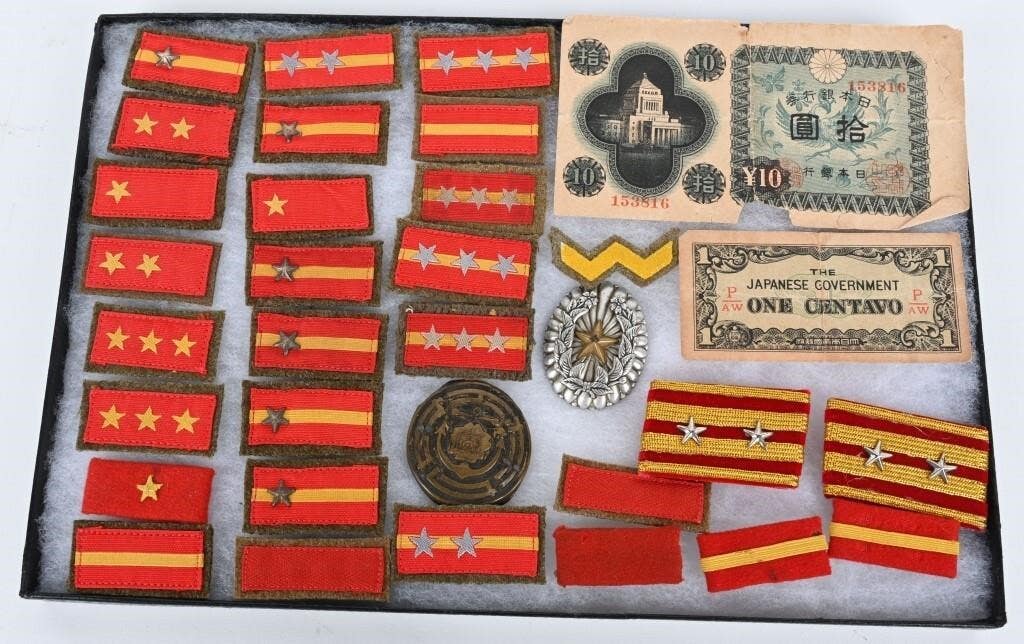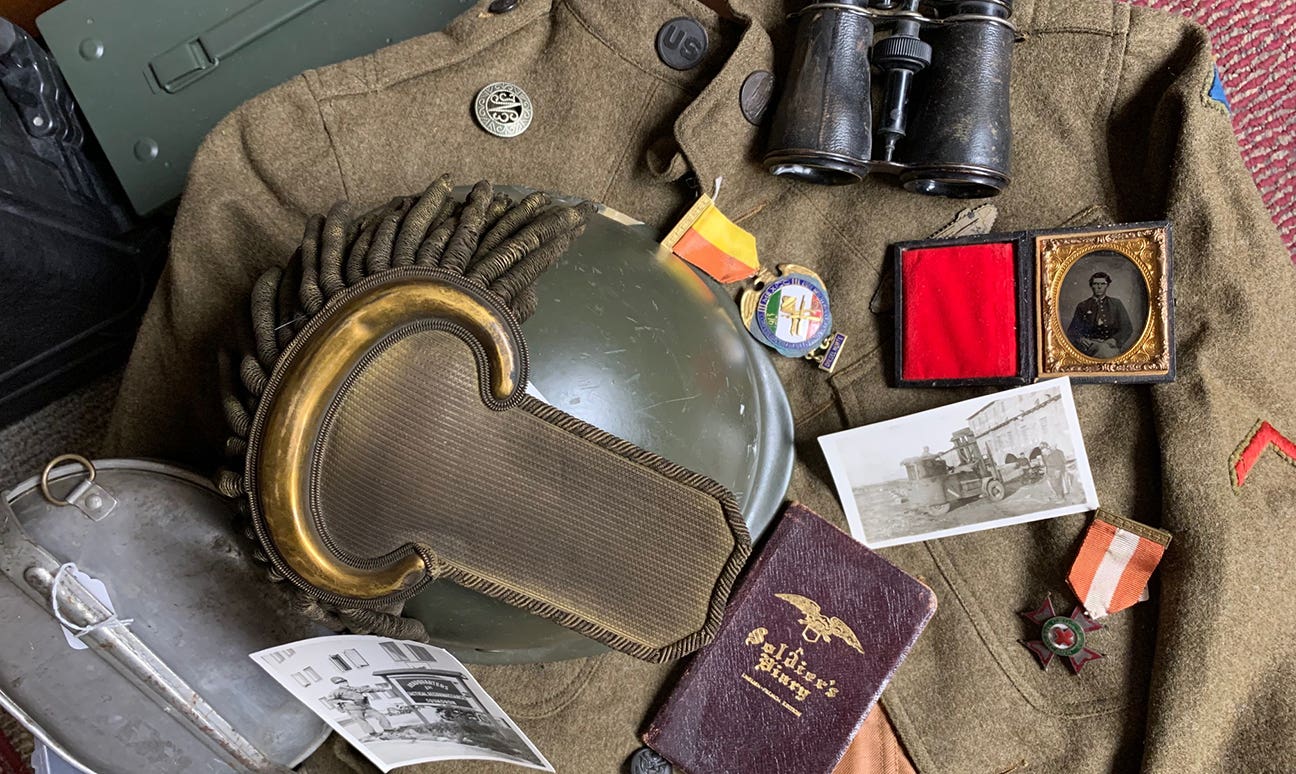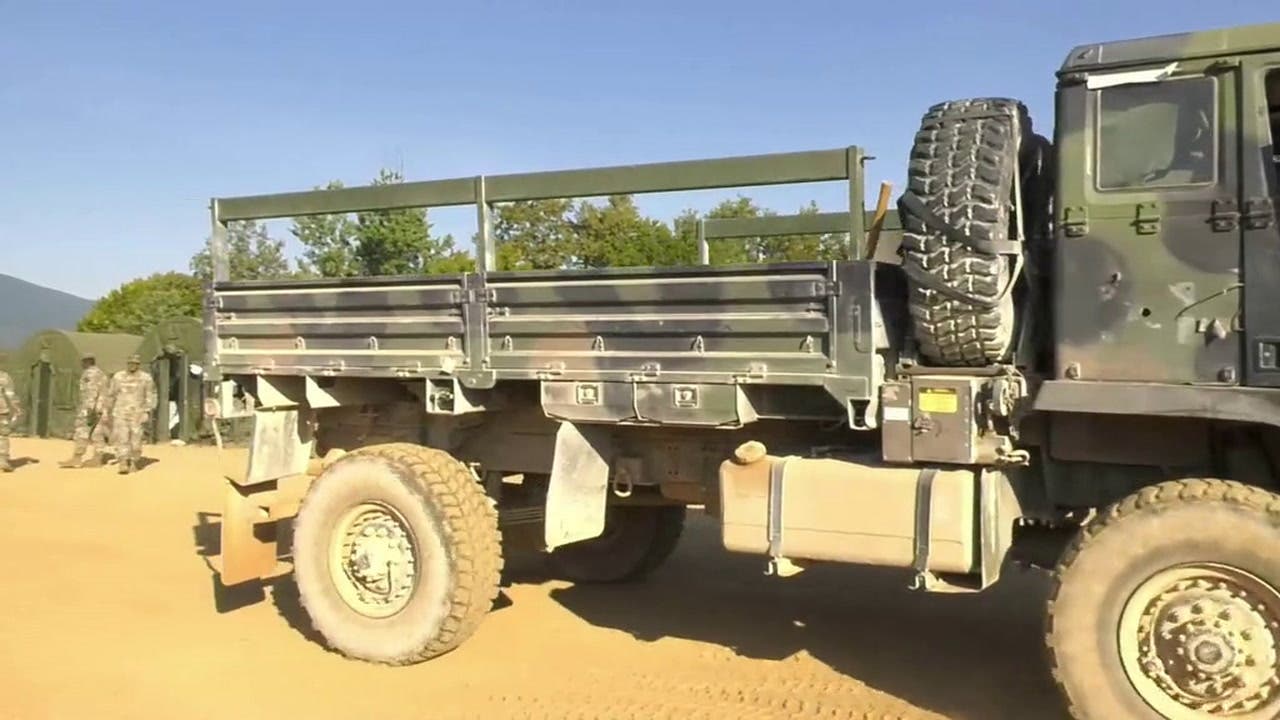“Fake News?” Not in our hobby…Until Now.
Believe me, I know how difficult it is to write a regular editorial, especially around the holidays. The stress of buying presents, visiting relatives, and decorating the house just seems…
Believe me, I know how difficult it is to write a regular editorial, especially around the holidays. The stress of buying presents, visiting relatives, and decorating the house just seems to block the neurons of free thought. I will admit, at times, I have written a blog that seemed more like dictating from under the covers of my cozy bed than actually sitting down at the computer to contemplate our hobby’s merits and challenges. But always, no matter how stressed—or out of ideas I think I am--I have remained committed to delivering to you, my readers, real content that can be supported by facts.
I hold other news outlets within our hobby to the same standard: I trust them to deliver the facts that affect our hobby. So, when I read a Hemmings headline this morning that declared, “European collectors restricted from buying tanks, other military vehicles,” I immediately opened the blog written by Daniel Strohl on December 22, 2016. Having long-trusted Hemmings as a truthful supporter of the hobby, I plowed into Strohl’s article.
I didn’t have to read far, however, before the “truth alarms” started going off. Strohl’s blog appeared to be written by someone who had very little grasp of the historic military vehicle hobby or the larger hobby of collectible firearms. Halfway through his first sentence, I had a notion of what I think may have happened.
Strohl wrote: “Under new security measures passed this week in Europe, firearms collectors there –including collectors of tanks and other weapon-toting military vehicles – will face greater scrutiny from authorities in an attempt to crack down on terrorist activity. The first part, beginning with “Under new security measures” all the way up to the dash, and the last portion of the sentence following the second dash, “will face greater scrutiny…” paraphrases a press release from the European Commission entitled “Firearms: Agreement on Commission proposal to increase citizens' security.” It was issued on December 20, 2016, six days before Hemmings published Stohl’s blog.
There, however, the facts end. Strohl apparently “interpreted” the law by inserting the phrase (offset by the dashes) “including collectors of tanks and other weapon-toting military vehicles.” He went on to craft his blog around the European Commission’s press release by inserting “military vehicle” in the text that applied to firearms, often using the phrase “permanently affixed” in an attempt to somehow stretch the press release to cover his editorial requirement of writing on vehicle matters for Hemmings.
The problem is, this directive does not address “tanks” or “military vehicles.” Having studied the European Commission’s Firearms Directive and accompanying Fact Sheet, I will report it contains absolutely no mention of “tanks” or “vehicles” of any sort. But I think I understand how Strohl got to that point.
The directives do call for the regulation of deactivated weapons. Many historic military vehicles have deactivated weapons on board. By incorrectly assuming that historic military vehicles have “permanently affixed” weapons, blogger Strohl attempted to pull this directive into the realm of his automotive editorial commitment to Hemmings. Perhaps it was simply a neophyte’s misunderstanding of military weaponry, but regardless, Strohl decided that it would be good fodder for filling a regular blog on all things automotive if he could stretch the alarm to include military vehicles.
However, as anyone who is familiar with military vehicles or weaponry knows, there is no such thing as “permanently affixed.” It’s the military, for Pete’s sake. Everything can be disassembled and replaced. Does Strohl think that Germany pushed every Tiger tank into the compactor if the breech of its 88 developed a crack? Nothing is permanent on a military vehicle unless some out-of-touch armorer used super glue instead of Loctite! No weapon is a permanent fixture on a tank, jeep, or armored car. Therefore, the Directive does care, one bit, about the carriage of a weapon any more than it cares about the tripod of a machine gun or the sling of a rifle—it addresses the weapons--not the mode of transport or display.
Well, I am sorry, Daniel Strohl, our hobby is better than that. Our readers depend on people like you and me to deliver factual reports with the evidence to back them up. Oh, there are times when we do need to bang the drum and decry government attempts at regulation, but this time, you are way out of line—and you have broken a serious trust bestowed to you by our hobby.
The facts of the matter are thus (and note, there is no mention of historic military vehicles anywhere in this information obtained directly from the European Commission):
"The objective of the review of the Firearms Directive is to increase security for citizens, whilst allowing hunters, sport shooters and collectors to acquire firearms under certain conditions.
- A ban of dangerous semi-automatic firearms. These include automatic firearms transformed into semi-automatic firearms, long semi-automatic firearms of length less than 60cm, long semi-automatic firearms with loading devices of more than 10 rounds, and short semi-automatic firearms with a loading device of more than 20 rounds.
- Regulation of alarm and acoustic weapons: An acoustic or salute weapon is an active weapon transformed to only shoot blank, for example for use in theatre or cinema. Such weapons can be easily re-transformed into fully active firearms. In the future, acoustic and salute weapon can still be used in a theatre or in movies, subject to declaration, authorization or license depending on the category they belonged to before transformation.
- Regulation of deactivated weapons, which for the first time are considered firearms despite having been deactivated, and are now subject to declaration to national authorities.
- Inclusion of museums and collectors in the scope of the Directive: The existing Directive does not cover collectors. In the future, collectors and museums will be treated like any civilian firearms owner. They will have the possibility to acquire category A firearms but only under strict conditions.
- Stricter conditions for the online acquisition of firearms, to better control the acquisition of firearms, pieces thereof or ammunition through the Internet.
- Clearer rules on marking of firearms to improve traceability: Member States need to ensure that any firearm or part placed on the market has been marked and registered, and they need to have national computerized data-filing systems in place to strengthen the traceability of firearms.
- Establishing a system of exchange of information between Member States. In particular, it is extremely important that a person not authorized to buy firearms in a Member States cannot get authorized to do so by another Member State.
- Conditions for medical tests: In the future, all Member States will have to put in place a system of medical check for the authorization to acquire firearms. The details regarding medical checks are to be defined by the Member States.
- Framedderogations for sport shooters which will have the possibility to acquire category A firearms."
So, yes, there are provisions before the European Commission to regulate and even ban many types of firearms—including deactivated, historic weapons. There is NO mention in their proposal of regulating the private (individual or museum) ownership of historic military vehicles.
Perhaps Hemmings blogger Daniel Strohl was having one of those moments when good ideas were detoured by holiday distractions. I suspect he is a competent, trustworthy author and he simply ventured a bit afield of his wheelhouse of expertise. Whatever the case, however, there is no room in our hobby for creating sensationalistic headlines just to fill an editorial hole or to garner comments and likes on a blog (what we in the biz call “traffic”).
So, to you, our readers who trust the folks behind the keyboards, I apologize. Not for Daniel Strohl’s sensationalist, misleading story, but rather, for this, my own blog entry for this week.
I had intended to put 2016 behind me this week and forget terms like “plutocracy,” “deplorables,” and “fake news.” In fact, the title of this week’s blog was going to be, “Five GOOD Things to Remember about 2016” (I'll try again for the next JAG FIle!).
Earlier this year, I had promised myself to not write about the political upheaval our nation has faced, telling myself, “People who read the JAG File just want a break from the world…give them something they will enjoy or help them enjoy their hobby.” So, my apology, in this last blog of 2016, is for allowing the term “Fake news” to seep into the JAG File vocabulary. Daniel Stroh’s blog has made it apparent that we must judge each news story that affects our hobby in the same way we judge stories that affect our world—and dig deeper than the headline to find the facts.
After all, that’s what good history is all about—investigating the allegations to uncover the facts.
Preserve the memories,
John Adams-Graf
Editor, Military Trader and Military Vehicles Magazine
-----------------------
The European Commission's release can be found here:
The Fact Sheet associated with the Directive can be read here:
John Adams-Graf ("JAG" to most) is the editor of Military Trader and Military Vehicles Magazine. He has been a military collector for his entire life. The son of a WWII veteran, his writings carry many lessons from the Greatest Generation. JAG has authored several books, including multiple editions of Warman's WWII Collectibles, Civil War Collectibles, and the Standard Catalog of Civil War Firearms. He is a passionate shooter, wood-splitter, kayaker, and WWI AEF Tank Corps collector.



